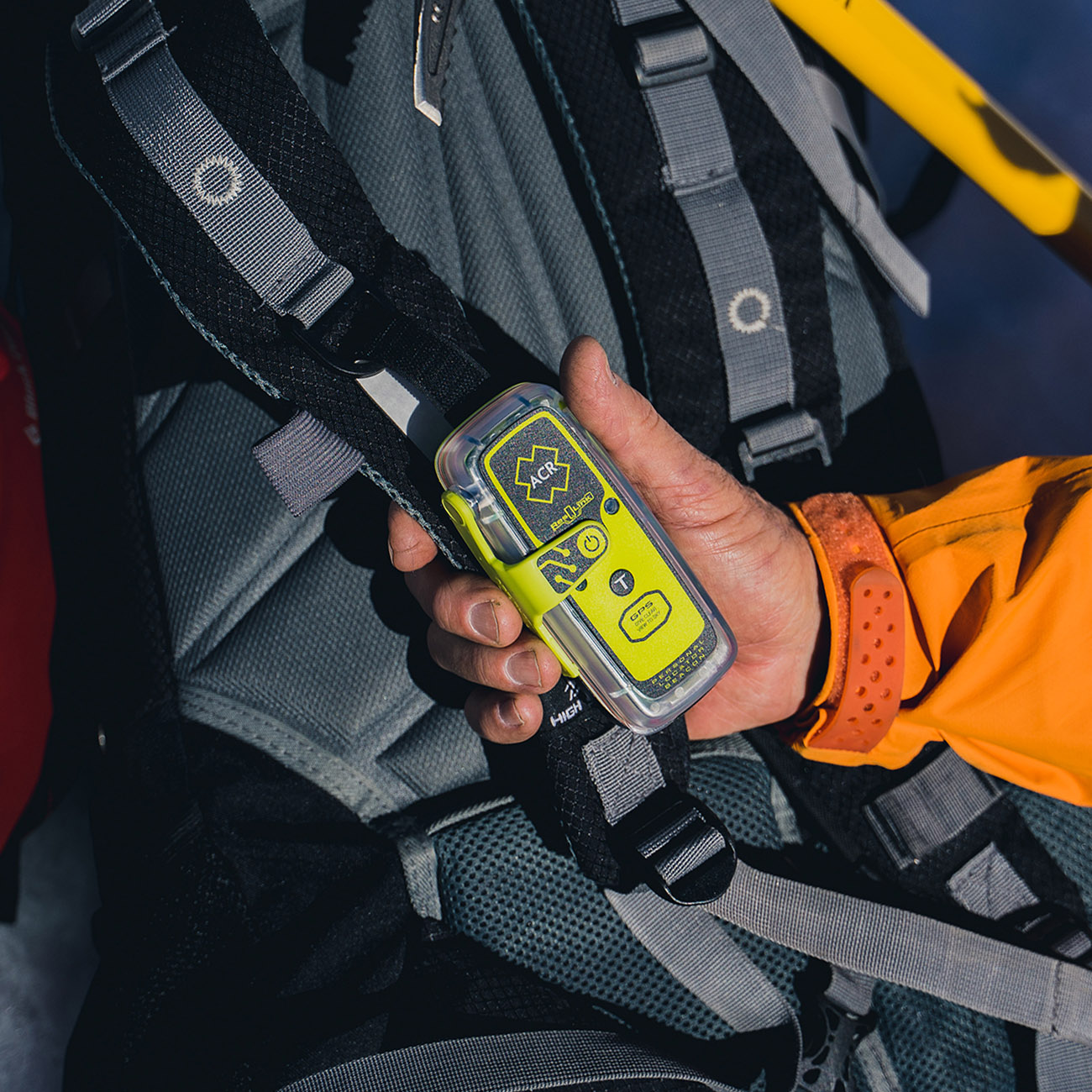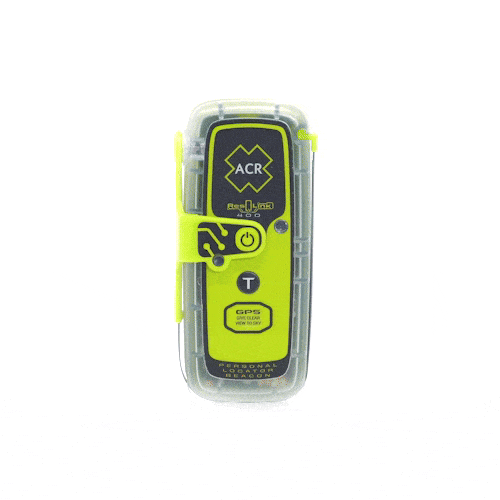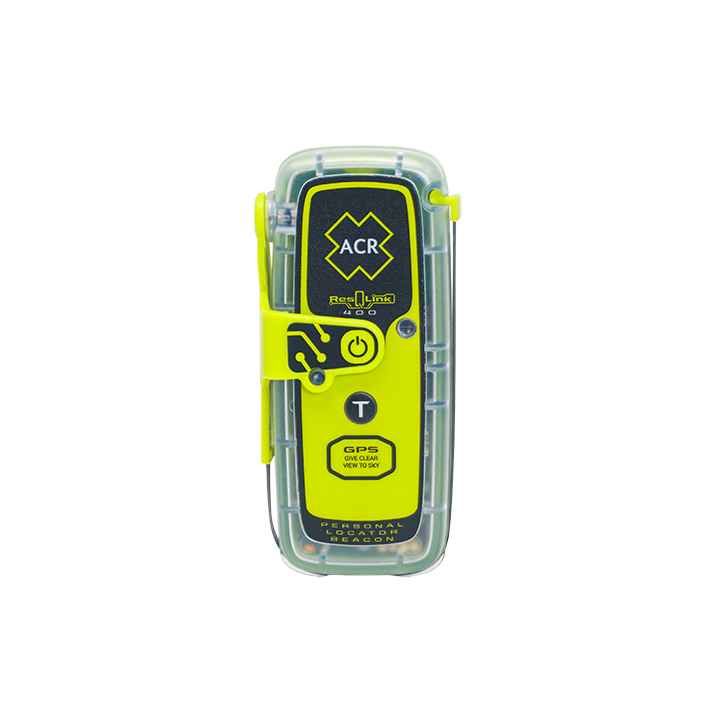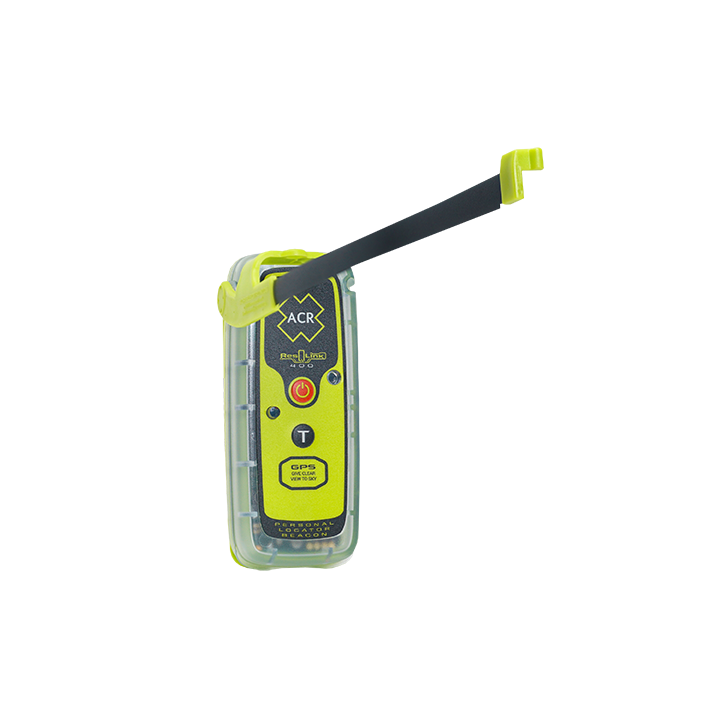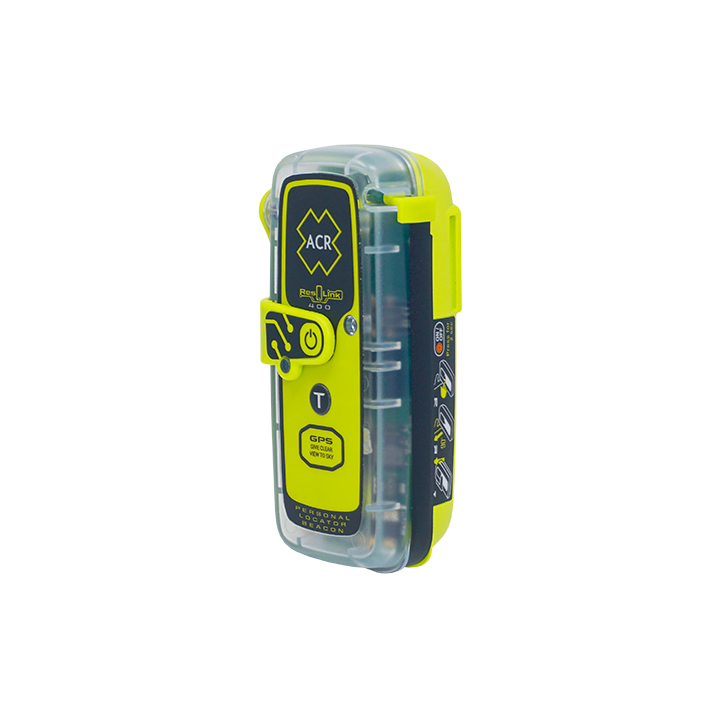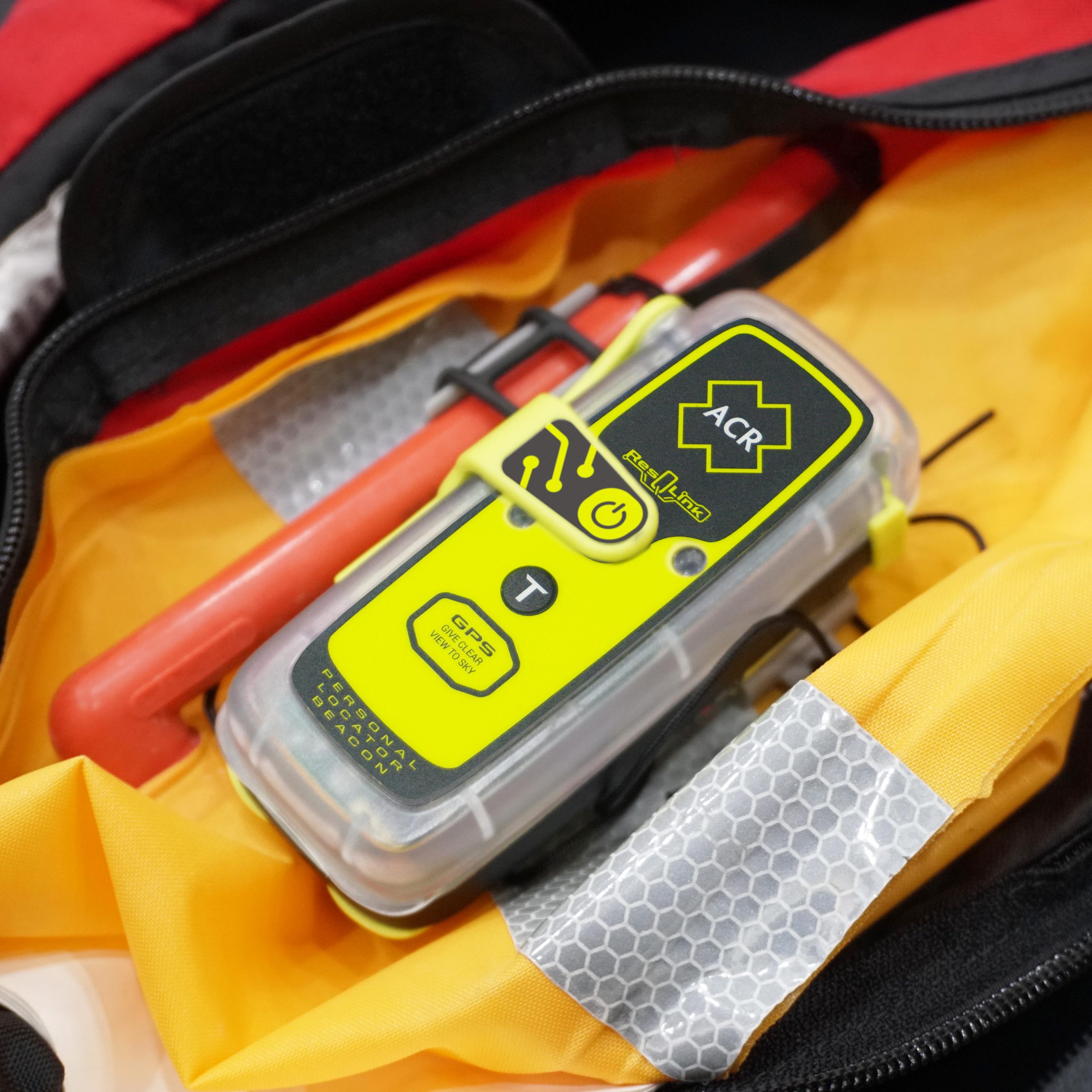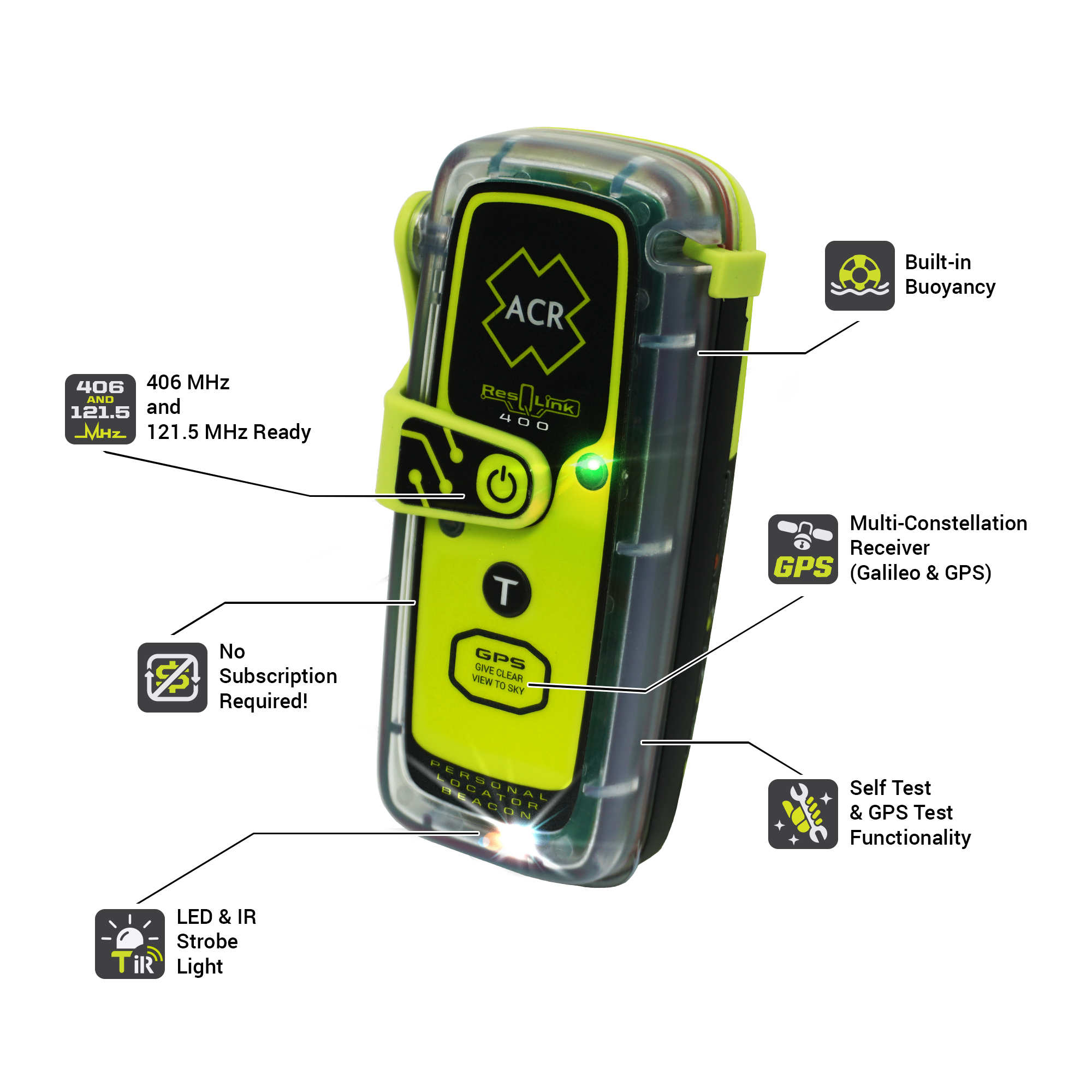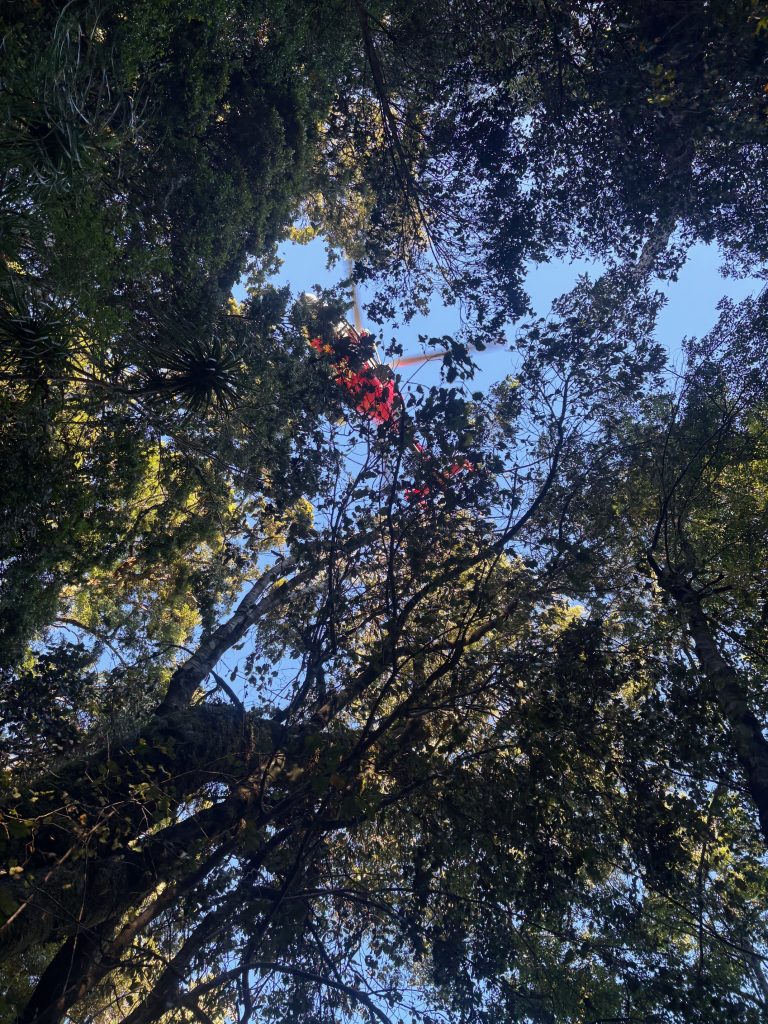
Lives saved
1

Forest

Challenging Terrain
A Rescue Story Powered by a Personal Locator Beacon
35°N, -41°W
Posted on April 1, 2025 by Steve
What happened?
It all started on a steep, unforgiving trail in the thick of the bush, as I was climbing upwards toward an alpine ridge I had hoped to traverse that day. The terrain was harsh, and the ascent was getting steeper as I went. I had already covered about 300 meters of the 1,100 meters I needed to reach the ridge. From there, I planned to cross the ridge and descend to my car, which was roughly 22 km away. I was determined to finish the walk that day, though it was becoming increasingly unlikely as time passed—especially before the injury struck.
As someone who has spent 22 years in the rescue industry with organizations like the Red Cross Emergency Response Team, St John Ambulance, and more recently, New Zealand Coastguard, I’ve had my share of life-or-death situations. I’ve been part of saving lives and witnessed the relief on people’s faces when help arrives. But in this moment, as I sat injured, I didn’t know if I was going to be the one needing rescuing.
I take my work in rescue seriously, and when I found myself in trouble, I spent about an hour weighing my options. I thought about ways to self-rescue, wait a few days for my leg to heal, and then continue on. The bush was too thick to pitch my tent, and I wasn’t in the mood to give up just yet. Despite my training and experience, I hesitated for a long time before activating my ResQLink 400.
I kept pulling it out of the pouch, only to put it back in. My leg wasn’t broken, I had plenty of food and water, and my car wasn’t far. But the weather forecast had expired, and I knew if it started raining, the hill I was on would become perilously slippery and dangerous. That was when I realized: I needed help. I finally pushed the button.
The moment I did, a wave of relief washed over me. But then, doubt crept in. The PLB flashed white and red, and I thought it hadn’t connected to the satellite. My heart sank. I had a Garmin satellite text device with me, so I checked the satellite page, only to find that while several satellites were visible, the signal strength was low. I thought, “This is it—I’m stuck here.”
Then, something changed. The lights on the PLB shifted to white and green. The message had gone through. That small shift in color, a sign of connection, was a lifeline. It was a turning point, and I allowed myself a moment to breathe.
I sent a text to my wife: “I’ve injured myself, but I’m okay. I’ve activated the PLB. Don’t worry.” I shared my coordinates, hoping it would be enough. Meanwhile, the Rescue Coordination Centre had already reached her, and she relayed the information they needed to understand the situation.
As I waited for the rescue helicopter, the cold set in. I put on extra layers, trying to get as comfortable as possible. I couldn’t help but feel the weight of the situation. But then, the sound of the helicopter brought a surge of hope. They were here—I was going to be okay.
But the tree cover was so thick that the helicopter crew couldn’t see me. I waved my bright red rain jacket and yellow dry bag, but they didn’t spot me. It was only later that I learned I should have used a high-visibility top to make myself more visible. The crew ended up winching the paramedic into the bush about 100 meters up the hill, and the helicopter flew off.
In that moment, my heart sank. I started yelling, “I’m here! I’m here!”—completely unaware that the paramedic was above me, trying to make contact. He finally shouted back, and then, just like that, we connected. The paramedic made his way down the hill to me. After a quick assessment, I was packaged up for extraction. The helicopter returned, and my pack was winched out first, followed by the paramedic and me together.
It was a relief to see a familiar face—someone I had worked with on previous rescues. He told me, “If you hadn’t set off that PLB, you probably wouldn’t have been found, or gotten out.” That hit me hard. It was serious.
I didn’t take any photos during the rescue; I had thought about filming the entire thing, but I was afraid of dropping my phone. I tucked it back in my pocket and focused on staying calm.
Normally, I’m a stoic person. I don’t let much bother me. But since this incident, I’ve felt like a wreck. Digging deeper into the experience, sharing it with others has been therapeutic.
Words of wisdom
Please, please please take a ACR PLB with you. I usually only take one when doing multi day missions in the backblocks. Not anymore, I will take one whenever boating, mountain or motor biking, or on shorter walks.
Thank you note
Every year, I go on a ten day solo mission to some difficult out of the way place. I usually hire an ACR from the local outdoor shop. Twelve months ago I decided to bite the bullet and purchase my own ACR 400. I am a Skipper at our local Coastguard unit where we have these same PLB for the crew. I like the size and weight, so that is what I bought for myself. Never have I needed rescue, until last weekend. Mr/ Mrs ACR, you saved my life last weekend. I am still rather tearful thinking about my predicament. Thank you, Thank you.
Rescue location
41 degres 05.918s, 172 degres 29.415e
Rescue team
Helicopter Rescue
ResQLink™ 400 Personal Locator Beacon
Go to product details$379.95 – $554.95
Small but resilient, the ResQLink 400 has been professionally engineered and tested to ensure it can withstand even the harshest elements. This buoyant Personal Locator Beacon requires no subscription for use and can be utilized to enhance your safety in a wide variety of environments. Whether on land, at sea, or in the air, trust that the ResQLink’s satellite precision and military durability, put rescue in the palm of your hands.
Features and Benefits:
- No Subscription Required
- GPS and Galileo GNSS
- Built-In Buoyancy
- Strobe and Infrared Strobe
- Global Coverage
- MEOSAR Compatible
- Small and lightweight
- 5-year battery life
- 24+ hours Operational Life**
- Multi-function Clip System Included



